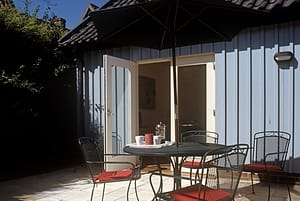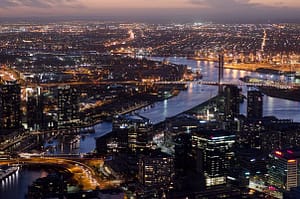For years, companies believed that tearing down office walls would spark creativity and collaboration. Open-plan spaces became the gold standard, replacing cubicles with communal desks and glass-walled meeting rooms. The result? Employees found themselves distracted, burnt out, and craving privacy.
Workplace culture is more than office design. The real challenge is creating an environment where employees feel valued, engaged, and motivated. The most forward-thinking companies are moving past superficial perks and rethinking what truly makes a workplace thrive.
Why open offices failed
The idea was simple: remove physical barriers, and teamwork would flourish. Instead, employees struggled to concentrate. Studies showed that open offices led to more noise, higher stress, and decreased productivity. A Harvard study found that face-to-face interactions dropped by 70% in open offices as employees resorted to digital communication to escape constant interruptions.
The pandemic further exposed the flaws of these layouts. With remote work proving viable, employees returned to offices with new expectations. They wanted flexibility, not just trendy spaces.
What employees actually want
Instead of gimmicks, employees now prioritise autonomy, respect, and efficiency. They want workplaces that support collaboration and deep focus. This means balancing openness with private spaces, providing technology that streamlines work, and fostering an inclusive, supportive culture.
One key shift? Smarter HR management. Companies now use a software to optimize internal HR processes, ensuring smoother workflows and better employee experiences. Tools for leave management, feedback collection and performance tracking free up HR teams to focus on what really matters: people.
Designing for productivity and well-being
Companies no longer focus just on where people work. They think about how work happens. Hybrid models are now the norm, and employees split their time between home and the office. They want control over their schedules, not rigid policies. Businesses that embrace this shift see higher engagement, stronger retention and better performance.
Workspaces evolve to match this new reality. Instead of forcing employees into a single setup, companies create different zones for different tasks. Quiet areas help with deep focus, open spaces encourage quick collaboration, comfortable lounges allow informal conversations to flow, and wellness rooms give employees space to reset. The best workplaces don’t dictate how people work; they give them choices.
Technology makes this flexibility possible. Employees don’t want to chase down managers for holiday approvals or deal with outdated payroll systems. With the right software systems, employees spend less time on admin and more time on meaningful work.
Beyond layout and technology, culture shapes productivity. People don’t do their best work in high-stress environments. They need balance. The smartest companies set clear expectations but avoid micromanagement. Some introduce “no-meeting” days to give employees uninterrupted time. Others offer mental health resources or flexible paid time off (PTO) policies, not as perks but as commitments to their teams’ well-being.
Culture first, design second
A visually stunning office means little if employees feel overworked, undervalued, or unheard. Authentic workplace culture isn’t dictated by office aesthetics but by leadership, policies, and daily interactions. Companies that invest in employee well-being, clear communication, and fairness see higher retention and better performance.
Ping-pong tables don’t build loyalty, respect and purpose do. Organisations that recognise this shift will thrive in the future of work. Those that don’t? They’ll be left with beautiful, empty spaces.






Leave a Comment